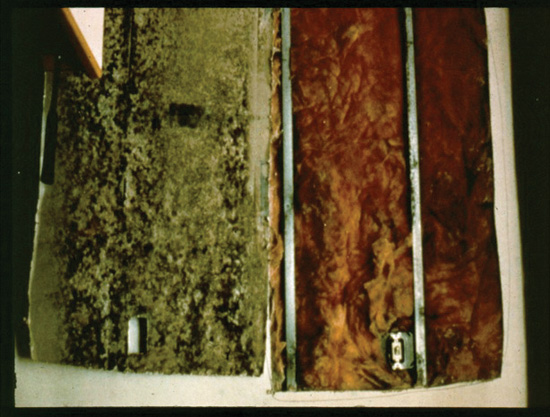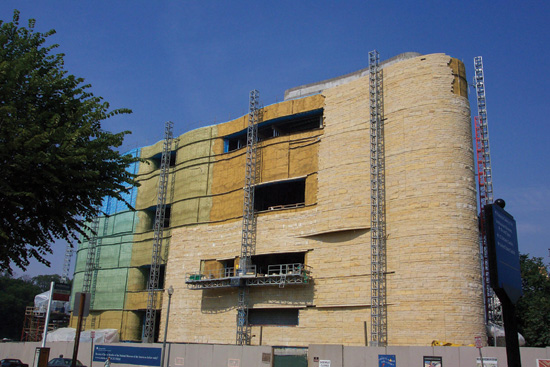From Mortar Snots to Perpends: The Basics of Through-Wall Flashing
Learning Objectives:
- Discuss the advantages of providing the correct through-wall flashing systems for buildings with cavity walls.
- Diagnose water damage problems in existing cavity walls caused by poor flashing details and propose alternative solutions.
- Review common preformed flashing shapes that address difficult building corner and end conditions.
- Examine communication techniques with contractors and subcontractors to use for the specification of effective through-wall flashing details.
Credits:
The calls are unexpected. A few years after the successful grand opening, the client on the other end of the phone is complaining about water damage. Over the past few years, the lack of oversight on the cavity wall details during construction allowed water, drop-by-drop, to migrate into the building. Instead of allowing the building to breathe, these cavity walls created the perfect environment for mold—moisture, warm temperatures, and darkness.
Corrective remediation for even small drops of water in cavity walls can include everything from the replacement of surface finishes to structural systems. When the building failures occur in a high-rise masonry building, the damage is even more difficult to repair. Masonry buildings located near oceans are particularly vulnerable to damage due to the high salinity of rainwater. The list of common problems found by building experts, in damaged cavity wall systems include:
- Damage to interior finishes, including carpets, drywall, and cabinetry.
- Rusting of galvanized steel studs.
- Corrosion of metal wall fasteners.
- Corrosion to steel relieving angles and structural failures around openings.
Water in buildings is invasive, costly, and avoidable. Architect and senior project manager at Bowie Gridley Architects, Robert Allen, AIA, recalls the destruction of almost the entire wood structural framing system of a stone-veneered home he investigated for mold and structural damage in Virginia, due to recurring water penetration into the framing cavities. Remediation was both costly and time consuming. In his experience in commercial projects, flashing details are a critical element to the durability of a high-performing building: “Experience teaches us that it is not a question of IF an exterior surface will allow water penetration, but rather, how do we address it WHEN it will happen. Flashing and membrane details are key to extending the life of building wall and roof systems, and maintaining a healthy living environment within a structure.”

Photo courtesy of Hyload Inc.
In this photo, drywall has been exposed to show the growth of mold in the insulation of this cavity wall, causing both health problems and structural damage.
Design professionals provide the lead in detailing wall systems and they are responsible for communicating clearly to the contractor and subcontractors the best methods for constructing durable masonry cavity wall systems. The problem is that there is a lack of knowledge regarding through-wall flashing and masonry construction. Today's architects are exploring many new computer-generated building designs. These may include unusual terminations of wall, floor-plates, and windows that provide challenges to masons who are familiar only with traditional wall cavity construction. The art and science of designing a durable cavity wall with proper through-wall flashing requires the collaboration of all of the team members on a project and the use of new high-performance membranes.

Photo courtesy of SmithGroupJJR
Well-placed flashing membranes should be invisible and maximize moisture protection in cavity walls.









